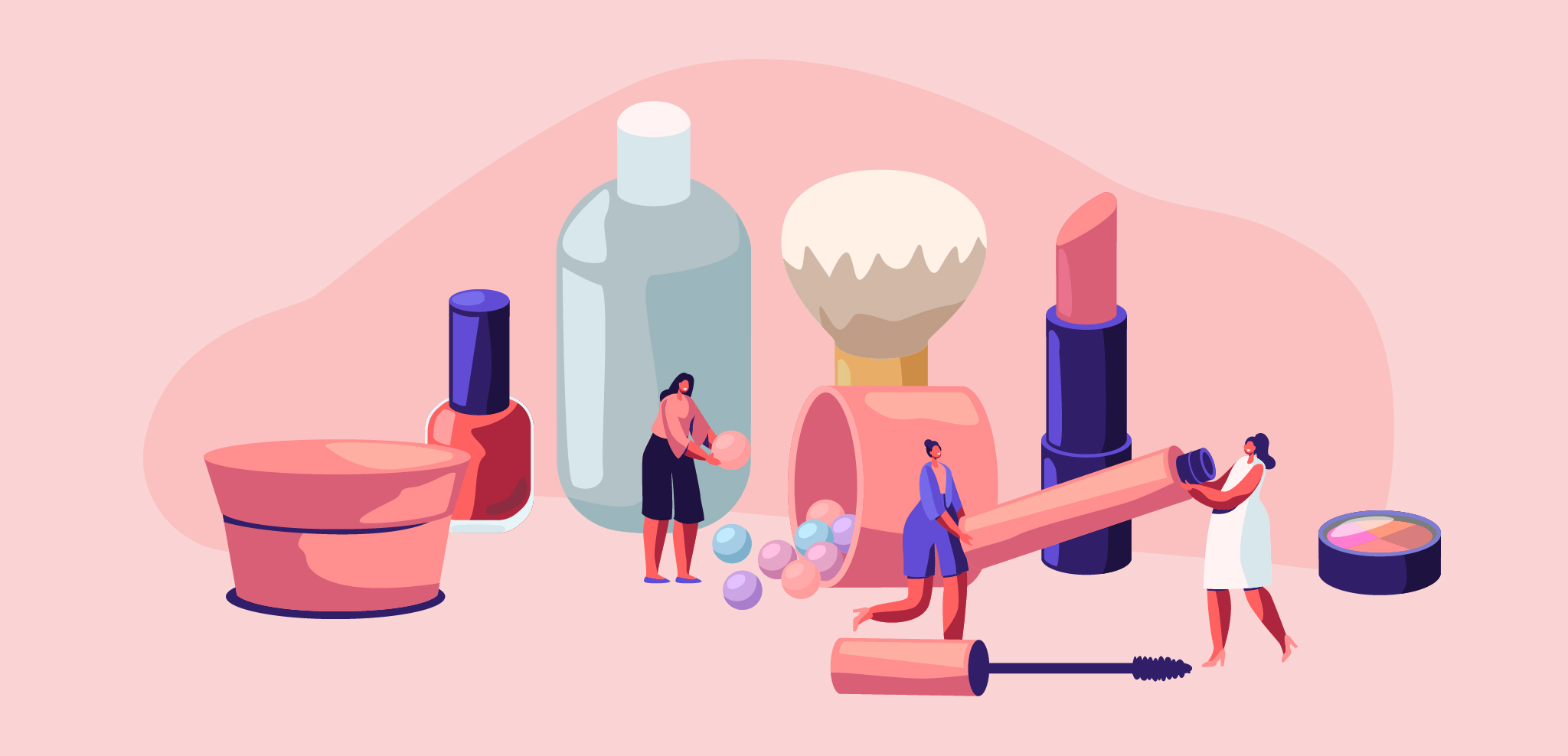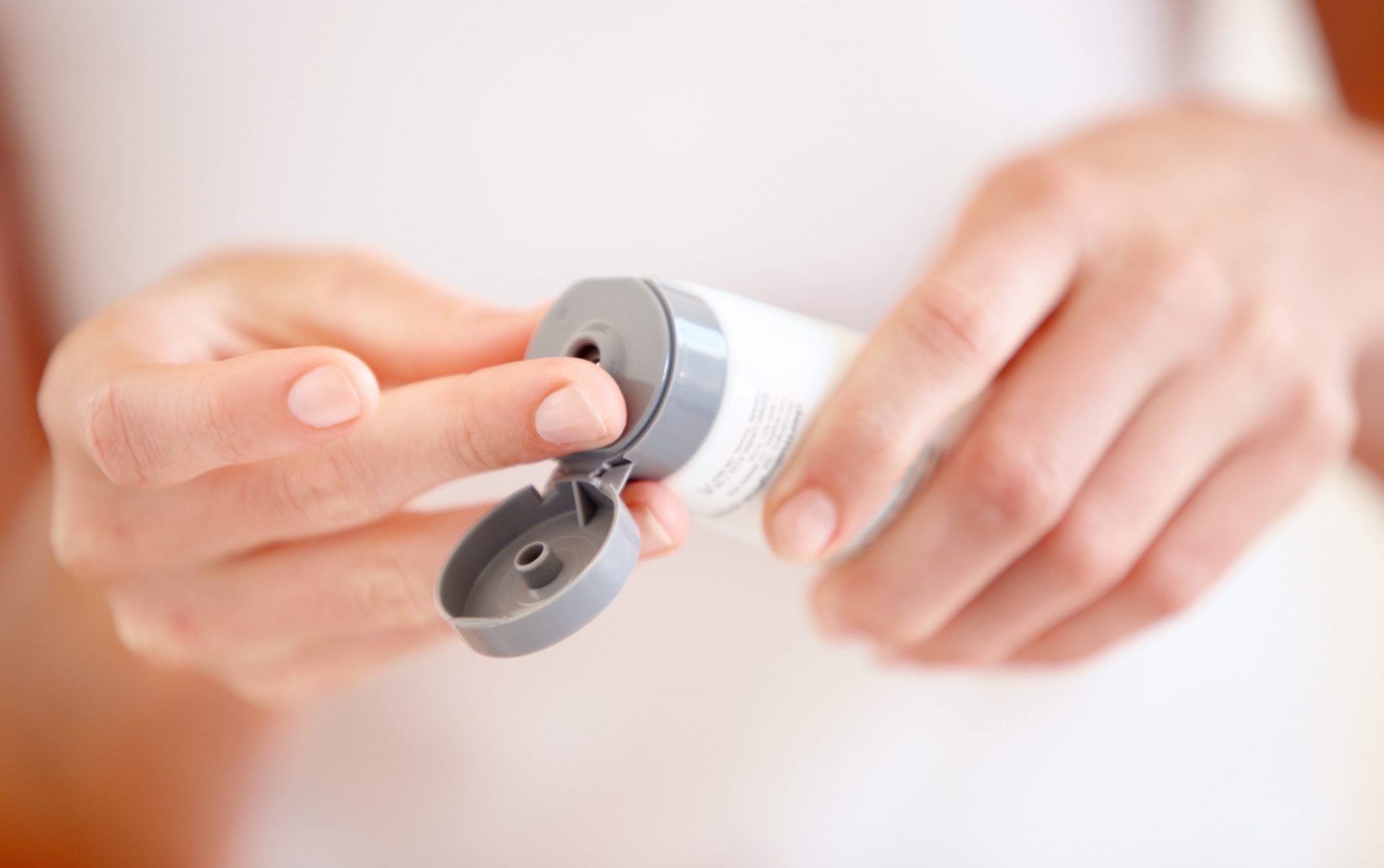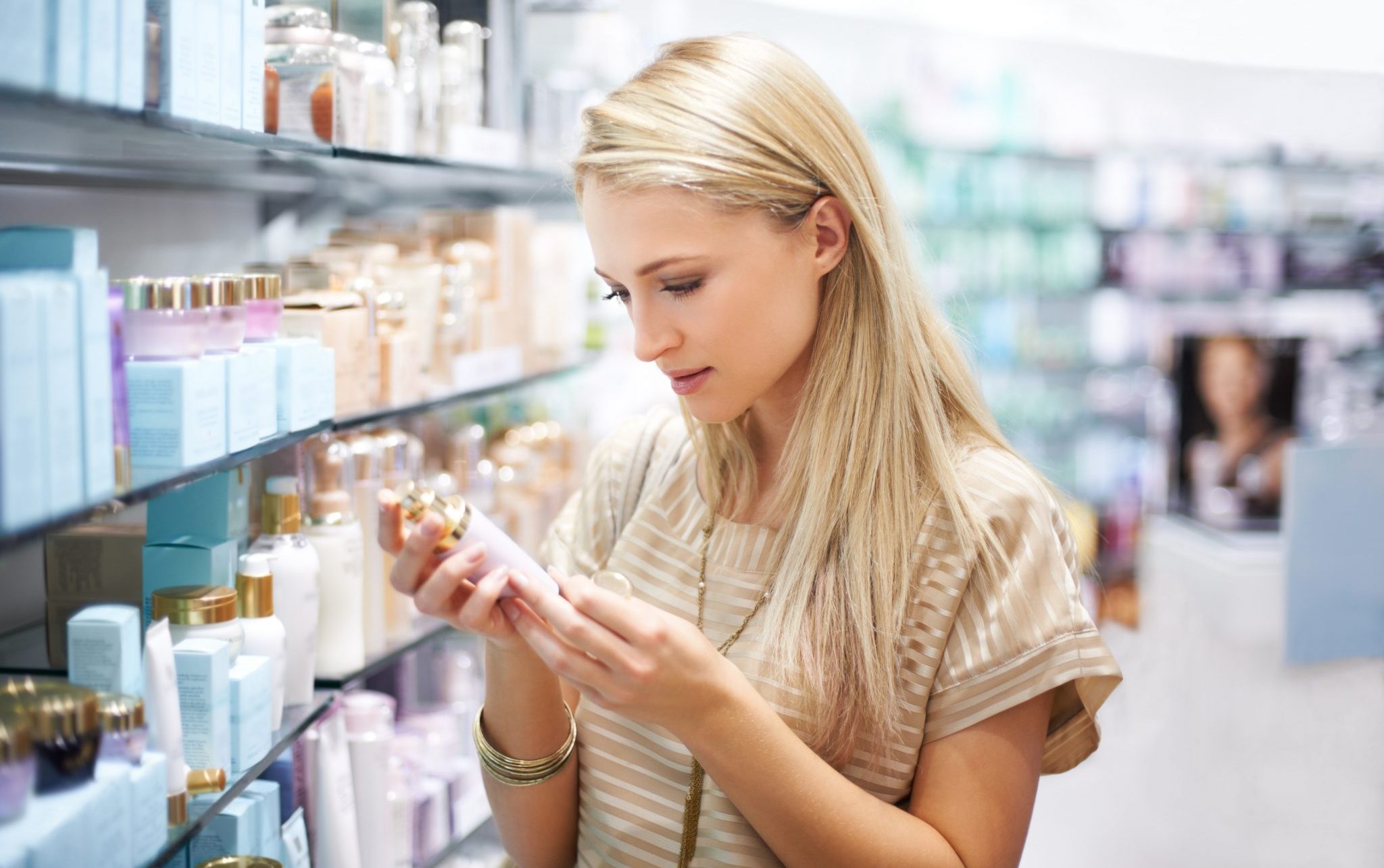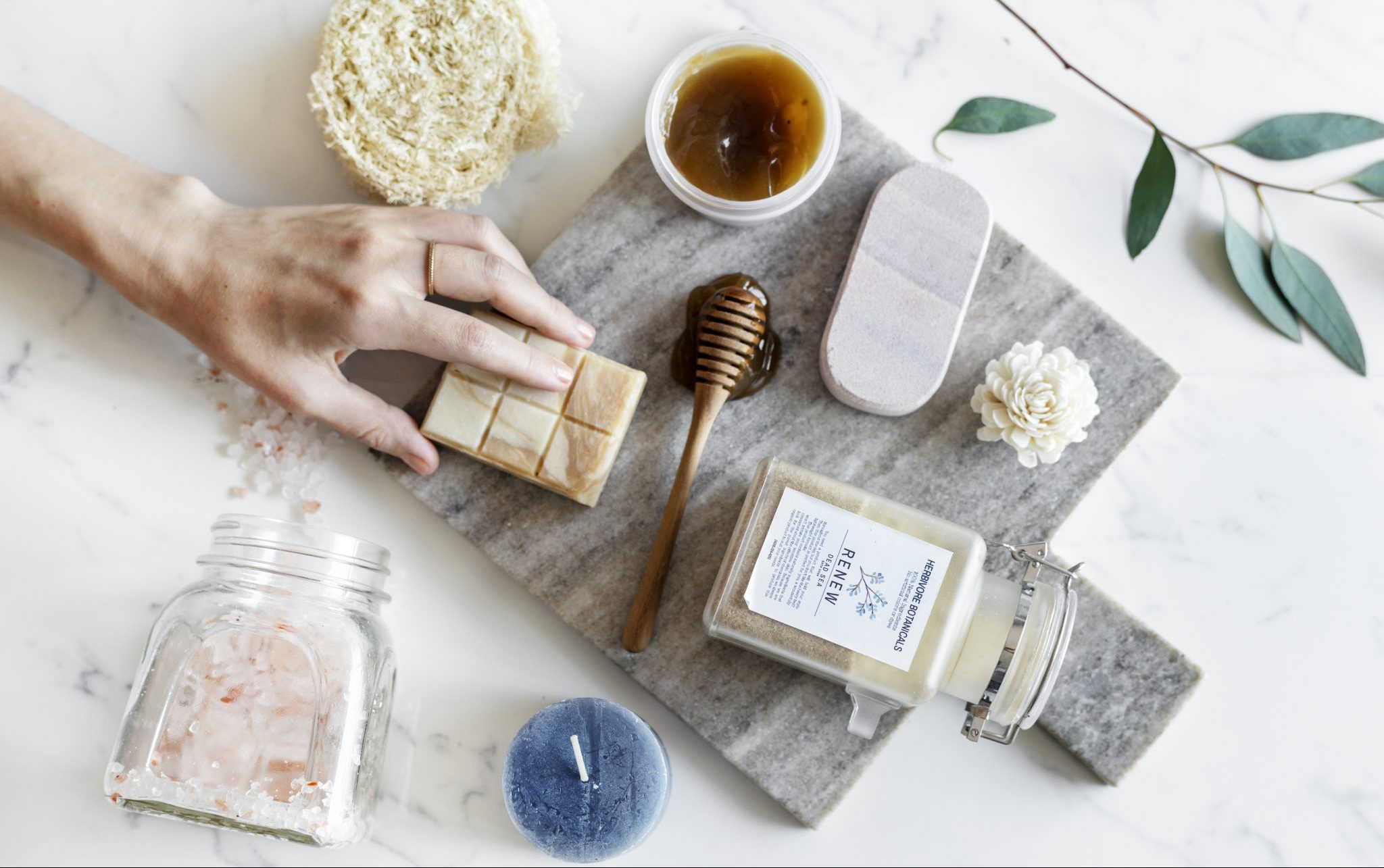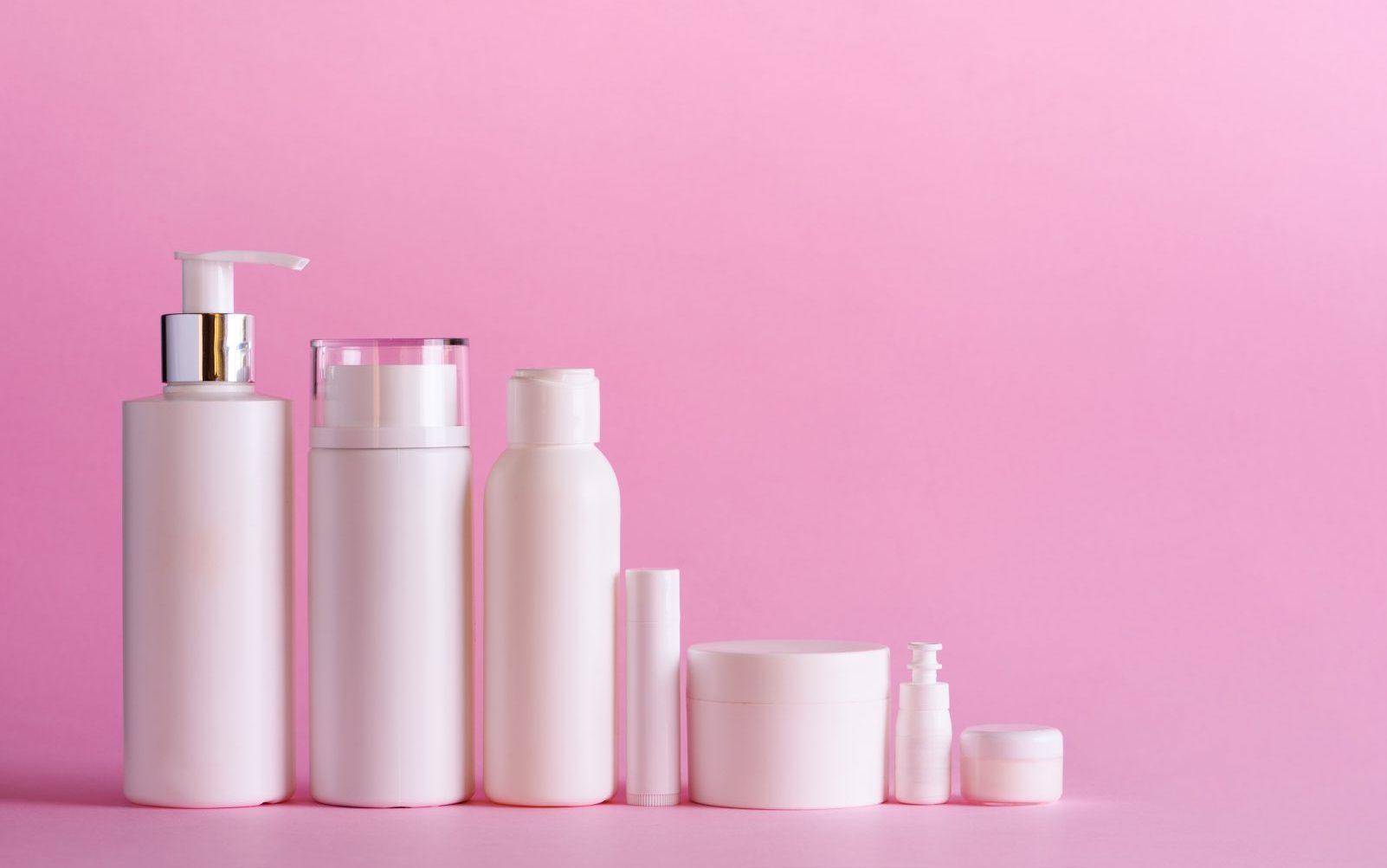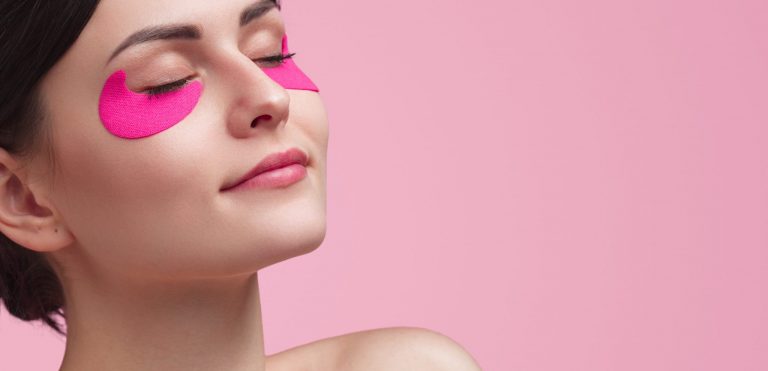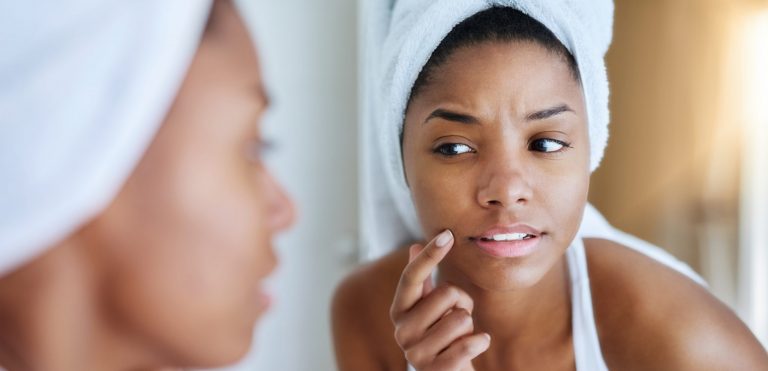If you think about it, a wide range of beauty and personal care products burst into our lives like a bolt from the blue only some decades ago. When cosmetics hit the market at that scale, it got us all excited. From then on it looked like we didn’t have to worry about a thing – e.g. that our skin is too oily or too dry, or that we’ll have wrinkles, or lose hair, the list goes on. It’s all taken care of. To us, the products we use on a daily basis have so much promise; and the more publicity they get, the more attractive they appear.
But isn’t it strange that when it comes to the safety of our cosmetics, we often rely on the manufacturer’s word? It is only in recent years that consumers have become seriously concerned about their possible adverse effects, with more and more people reporting on health and safety issues concerning their beauty products.
Luckily, now we know much more than we used to about the toxic ingredients you want to avoid in hair and makeup products at all costs. And for a good reason, too. It transpired that cosmetics are poorly regulated and are often loaded with dangerous untested chemicals.
What makes beauty products toxic
On average, women use at least 12 cosmetic products daily and are exposed to 168 specific chemicals as a result of it. By comparison, men tend to use around 6 products every day exposing themselves to 85 unique ingredients. Even small doses of certain chemicals can greatly impact health. Imagine being exposed to 168 chemicals on a daily basis. Mass-produced deodorants, mascaras, foundations, toothpastes, shaving creams, moisturizes and so many other products contain antimicrobial agents, phthalates, fragrance, etc. And collectively or separately they can be linked to common health problems.
How bad can it be?
You might say that makeup ingredients can’t be bad for you. Since cosmetic products are sold right there in the open it surely means they are super safe to use, right? Not quite.
The effect certain chemicals have on your health can be startling. Additives like phthalates – which are widely used in nail polish, hair spray and lotions – cause endocrine disruption and feminization of baby boys and altered sex hormones in men.
Various antimicrobial preservatives – that protect against the growth of harmful fungi and bacteria in cosmetics – are famous for causing allergies and pose other risks to human health.
Fragrance or ‘parfum’ – as innocent as both may sound – can contain a blend of several dozen to hundreds of hormone-disrupting chemicals and can also trigger allergic reactions. Fragrance contains 60% chemicals that mimic estrogen, prolonged exposure to which increases the risk of breast cancer in women.
On top of this, toxic ingredients found in makeup, shampoo, lotions and other personal care products have largely been linked to genital birth defects, adverse reproductive outcomes and drop in sperm count in men.
As you can see, it all sounds pretty bad given that most of these chemicals have never been publicly checked for safety. Suffice to say that the Food, Drug, and Cosmetics Act introduced back in 1938 contained a 40-page-long research on food and drug safety, but only 2.5 of those pages were dedicated to the safety of cosmetics. And it’s the only document of that kind available for American people. Cosmetic ingredients are not required to be tested or approved by the US Food and Drug Administration before they hit the market.
The percentage of cancers caused by toxic chemical exposure is grossly underestimated.
Presidential Cancer Panel (April 2010)
Out of all dangerous chemicals out there, the USA has currently banned only eleven chemicals. Just for you to compare, EU states have restricted the use of over a thousand toxic cosmetics ingredients! What’s disturbing is that the US federal government is not entitled to ensure that any beauty and personal care products are safe to use. It appears that only cosmetics manufacturers can decide what’s good for us.
Top 15 toxic ingredients to avoid in beauty products
Only by learning more about the potential hazards of some beauty ingredients can you make an informed decision about their use. So, without giving it a second thought, check and see whether these chemicals are found on the labels of your favorite products:
Mind that some of these ingredients may be listed under slightly different names.
What you can do about it
What we buy, use and wear can have a huge impact on health. I started to connect the dots when I caught myself thinking about my grandmother who never once surrendered to the pushy market of toxic products and lived till old age. Instead of mass cosmetics she used au naturale ingredients as often as she could. And since she lived in the country those were not that hard to come by.
Of course, we should be realistic: not everyone can make their own personal care products, and it seems almost impossible to completely detox our beauty routine. Still, there are simple swaps that one can try to adopt. The important thing is not to panic and:
1. Move towards healthier choices gradually
Take baby steps to make a smooth transition to natural beauty care. Start by shying away from potential hormone-disruptors and avoiding skincare ingredients linked to cancer – like parabens and phthalates. If you’re allergic to certain ingredients, get rid of those irritants. Be mindful of your body: remove personal care products that cause bodily harm.
2. Read the label
Get to know your products better to skip the most toxic ingredients (see the table above). Even if that pretty bottle of shampoo humbly sits on the shelf that says 'organic', it doesn’t mean that it fully is. Labels that read 'natural', 'eco' or 'organic' can all be just a marketing hype. So, instead of taking the manufacturer’s word for it, carefully read the ingredient list and choose wisely.
3. Take ‘paraben-free’ labels with a grain of salt
Parabens have indeed earned a bad rap. But if the packaging proudly says the product is paraben-free it doesn’t necessarily mean it is completely free of other toxic substances. Besides, some antimicrobial preservatives that replaced parabens (e.g. sodium benzoate) may be far worse. In any case, keep watch and shop smart.
4. Learn more about potentially harmful chemicals in beauty products
Get familiar with a full list of substances used in cosmetic products that are banned in Europe. You don’t have to remember them all by heart, just check if the ingredients that are most used in the US cosmetics have made the list.
5. Check out EWG’s Skin Deep Cosmetic Safety Database
EWG is short for Environmental Working Group. Its database is an excellent science-based resource where you can search for the name of your favorite beauty product and check if it is safe to use. You can search anything from brands to ingredients and specific products. The database contains over 500,000 names and it’s regularly updated.
Cosmetic Ingredient Review is another great resource which also provides expert advice on beauty ingredients.
6. Visit local farmers markets or vegan shops
They are the best places to find healthier and cleaner alternatives to toxic cosmetics. Look for body lotions and soap made out of natural oils and butters, such as shea butter, coconut oil, etc. As for shampoos and conditioners, aim for those that are paraben- and sulphate- free. When choosing deodorants get the lowdown on these common offenders: phthalates, aluminum, fragrance, triclosan and parabens. For other potentially dangerous chemicals and irritants check the table above.
Even though the link between the use of toxic cosmetics and different health issues is not immediately palpable, it’s still there. And that is why there’s a drive for new safe cosmetics, and even flagship brands are removing dangerous chemicals from their products. The change won’t come overnight, of course, but these days I can definitely see the light at the end of the tunnel.

